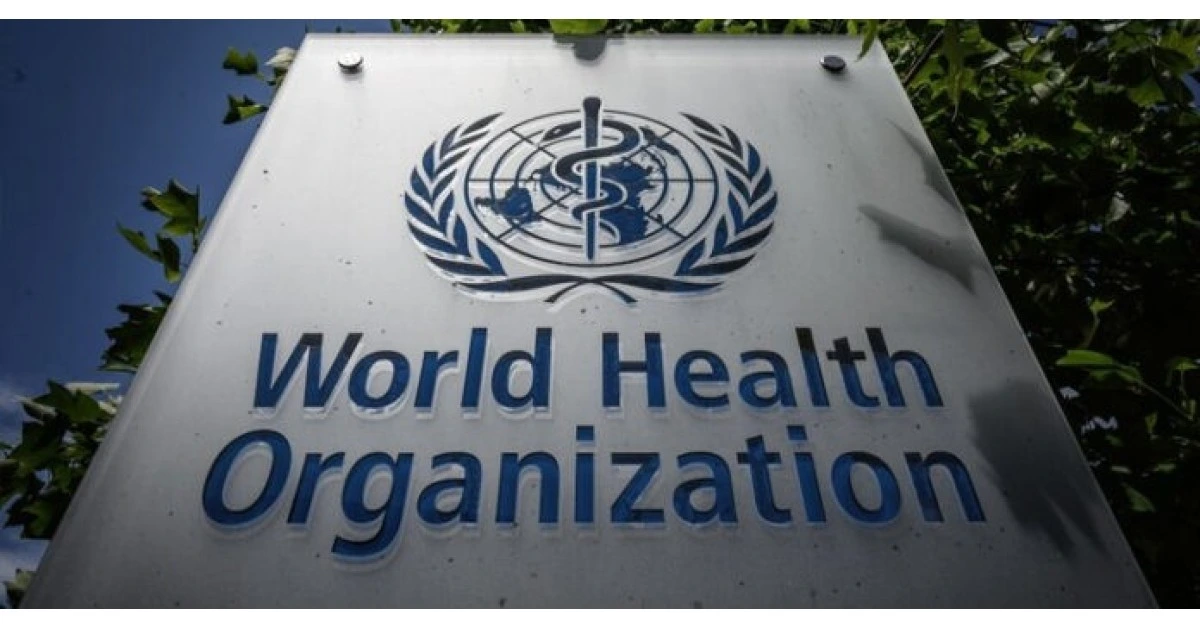
SWITZERLAND – In 2024, air pollution remained a pressing global concern, with only seven countries meeting the World Health Organization’s (WHO) air quality standards.
These countries—Australia, New Zealand, the Bahamas, Barbados, Grenada, Estonia, and Iceland—achieved average concentrations of PM2.5 particles at or below the WHO’s recommended limit of 5 micrograms per cubic meter (µg/m³).
Conversely, nations like Chad and Bangladesh experienced alarmingly high pollution levels, with average PM2.5 concentrations exceeding the WHO guidelines by more than 15 times.
Chad’s average PM2.5 level reached 91.8 µg/m³, slightly higher than the previous year, primarily due to Sahara dust and uncontrolled crop burning.
India ranked fifth among the most polluted countries, with an average PM2.5 concentration of 50.6 µg/m³, marking a 7% decrease from the previous year.
However, the country still accounted for 12 of the top 20 most polluted cities globally. Byrnihat, located in a heavily industrialized area in northeastern India, recorded the highest average PM2.5 level at 128 µg/m³.
A significant challenge in assessing global air quality is the lack of comprehensive data, especially in Asia and Africa.
Many developing countries have relied on air quality sensors installed at U.S. embassies and consulates to monitor pollution levels.
However, the U.S. State Department recently ended this program due to budget constraints, removing over 17 years of data from its official air quality monitoring site, airnow.gov.
This decision has notably impacted regions like Africa, where these monitors were often the sole source of publicly available real-time air quality data.
Christi Chester-Schroeder, IQAir’s air quality science manager, emphasized the gravity of this development, stating, “Most countries have a few other data sources, but it’s going to impact Africa significantly, because oftentimes these are the only sources of publicly available real-time air quality monitoring data.”
The cessation of the U.S. monitoring program affects at least 34 countries, limiting access to reliable pollution data. Christa Hasenkopf, director of the Clean Air Program at the University of Chicago’s Energy Policy Institute (EPIC), described the program’s closure as “a giant blow to air quality efforts worldwide.”
She noted that the initiative had improved air quality in cities where monitors were placed, enhancing life expectancy and reducing hazard allowances for U.S. diplomats, thereby offsetting its costs.
Climate change further exacerbates air pollution, with rising temperatures leading to more intense and prolonged forest fires, particularly in Southeast Asia and South America.
These fires contribute significantly to increased PM2.5 levels, posing additional challenges to global air quality management.
The WHO’s air quality guidelines serve as a benchmark for nations to protect public health. Exposure to high levels of PM2.5 is associated with severe health issues, including respiratory infections, heart disease, and lung cancer.
Despite some progress, with 17% of cities meeting the PM2.5 standards in 2024 compared to 9% in 2023, the majority of the world’s population continues to breathe air that does not meet WHO standards.
To address this critical issue, governments worldwide are urged to implement policies that improve air quality, such as investing in renewable energy sources, enhancing public transportation, and enforcing stricter emissions regulations.
Public awareness and individual actions, like reducing the use of fossil fuels and supporting sustainable practices, also play vital roles in combating air pollution.
XRP HEALTHCARE L.L.C | License Number: 2312867.01 | Dubai | © Copyright 2025 | All Rights Reserved